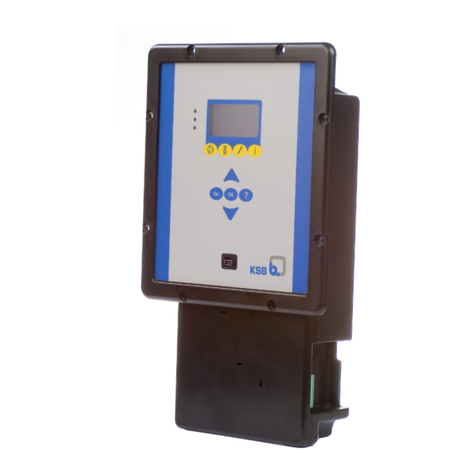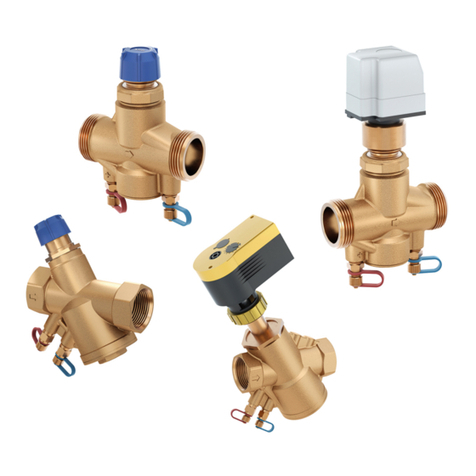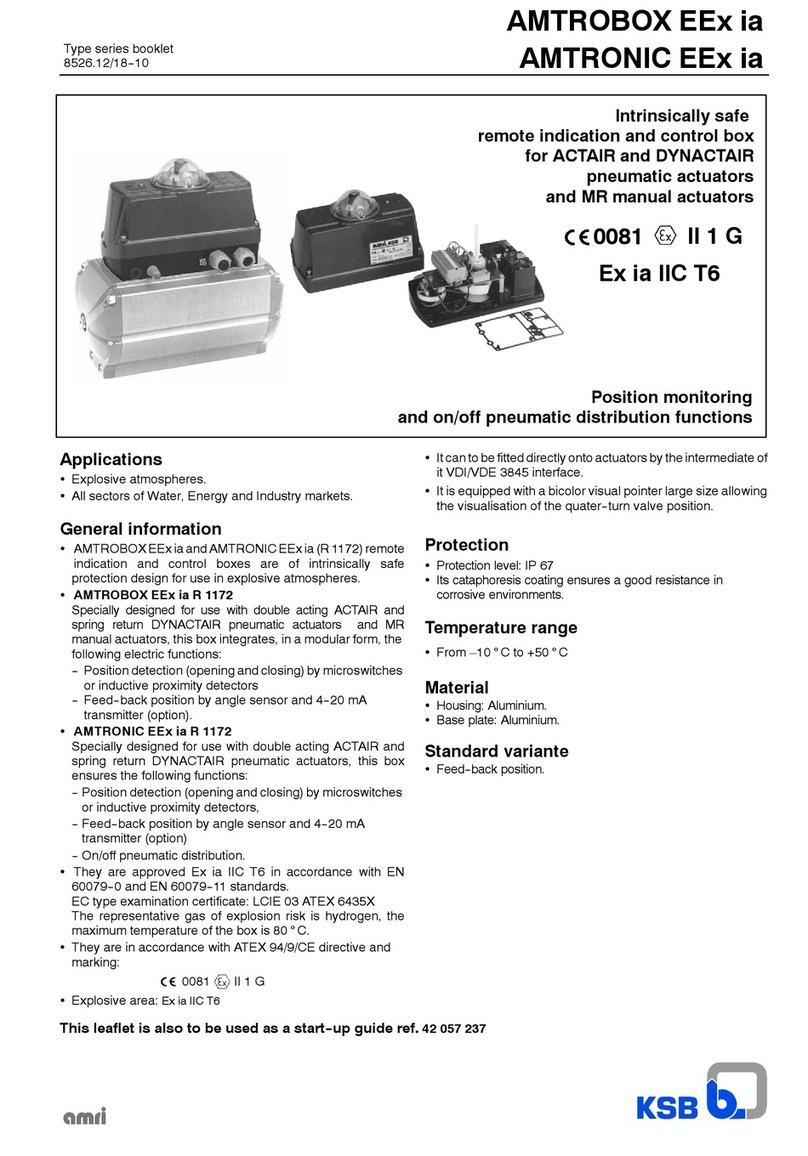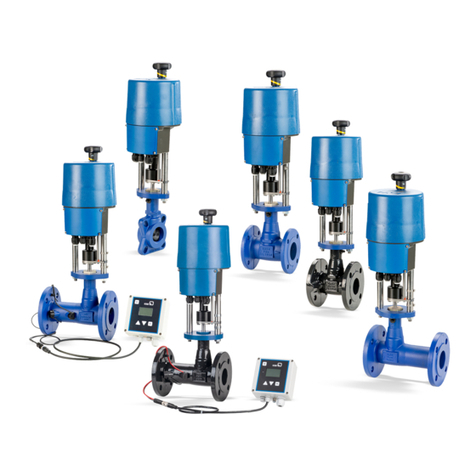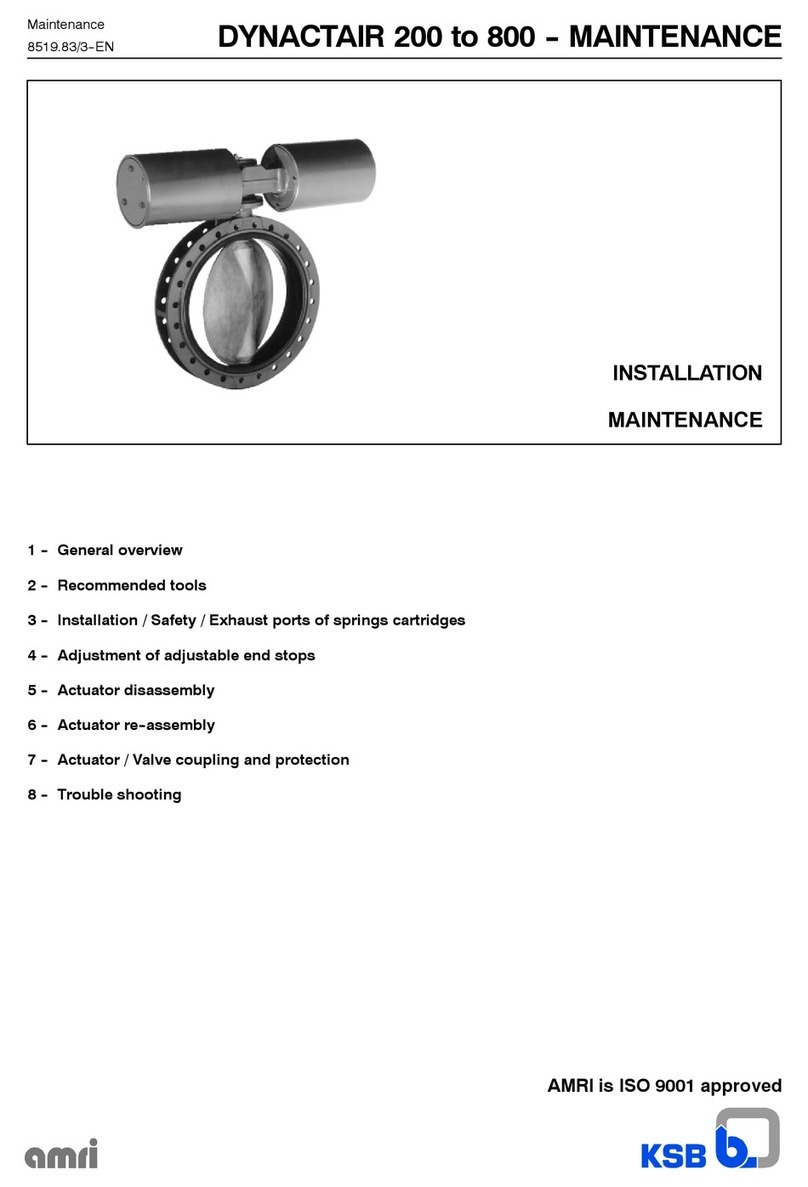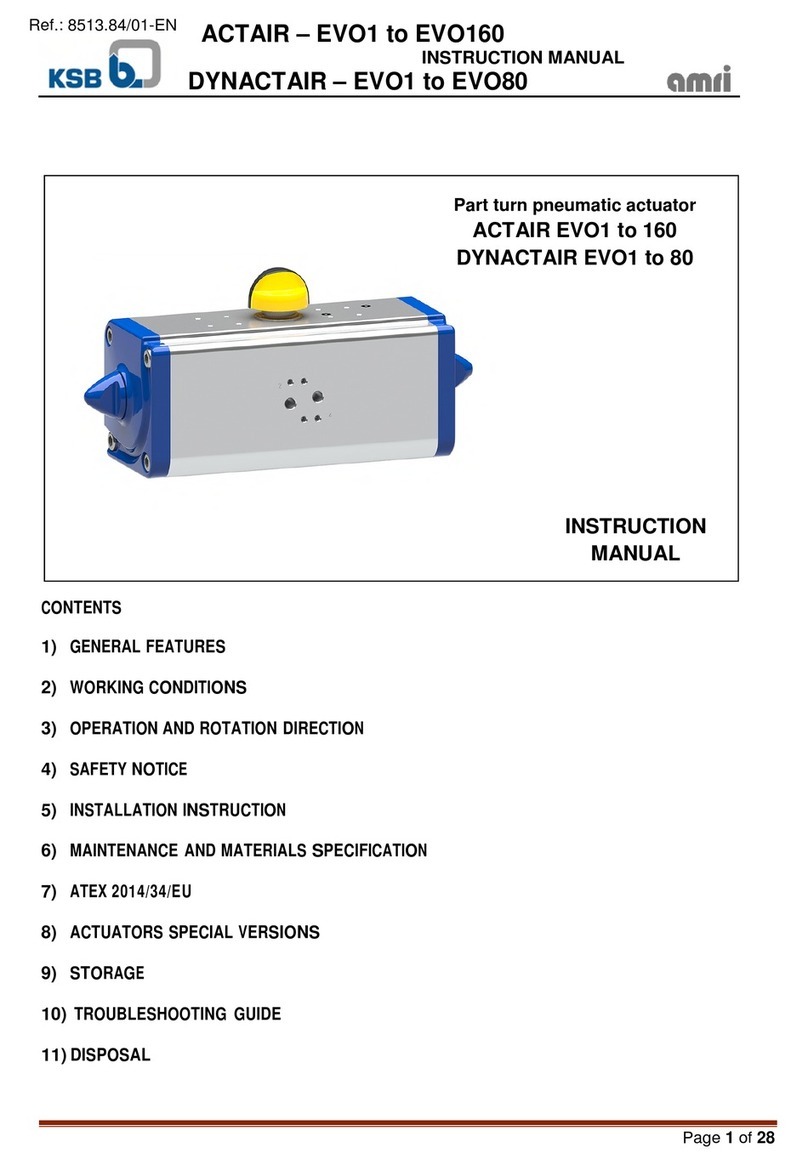Contents
3 of 44
EA-C
Contents
1 General.................................................................................................................................................... 5
1.1 Principles ...........................................................................................................................................................5
1.2 Target group.....................................................................................................................................................5
1.3 Symbols .............................................................................................................................................................5
2 Safety...................................................................................................................................................... 6
2.1 Key to safety symbols/markings.......................................................................................................................6
2.2 General..............................................................................................................................................................6
2.3 Intended use .....................................................................................................................................................7
2.4 Personnel qualification and training...............................................................................................................7
2.5 Consequences and risks caused by non-compliance with this manual .........................................................7
2.6 Safety awareness ..............................................................................................................................................7
2.7 Safety information for the user/operator.......................................................................................................7
2.8 Safety information for maintenance, inspection and installation ................................................................8
2.9 Unauthorised modes of operation..................................................................................................................8
3 Transport/Temporary Storage/Disposal............................................................................................... 9
3.1 Checking the condition upon delivery............................................................................................................9
3.2 Transport...........................................................................................................................................................9
3.3 Storage/preservation........................................................................................................................................9
3.4 Disposal/recycling .............................................................................................................................................9
4 Description............................................................................................................................................ 10
4.1 General description ........................................................................................................................................10
4.2 Designation.....................................................................................................................................................10
4.3 Name plate......................................................................................................................................................10
4.4 Design details..................................................................................................................................................11
4.5 Installation types ............................................................................................................................................12
4.6 Noise characteristics .......................................................................................................................................12
4.7 Dimensions and weights ................................................................................................................................12
5 Reassembly........................................................................................................................................... 13
5.1 Safety regulations...........................................................................................................................................13
5.2 Checking prior to installation/assembly........................................................................................................13
5.3 Mounting the actuator ..................................................................................................................................14
5.4 Electrical connection ......................................................................................................................................16
5.5 Interfaces.........................................................................................................................................................19
5.6 Heating resistor (optional).............................................................................................................................21
5.7 Setting the limit switches...............................................................................................................................21
6 Commissioning/Start-up/Shutdown................................................................................................... 23
6.1 Prerequisites for commissioning/start-up......................................................................................................23
6.2 Commissioning/Start-up.................................................................................................................................23
6.3 Operating limits..............................................................................................................................................24
6.4 Shutdown........................................................................................................................................................24
6.5 Returning to service .......................................................................................................................................24
7 Servicing/Maintenance........................................................................................................................ 25
7.1 Safety regulations...........................................................................................................................................25
7.2 Removing the actuator ..................................................................................................................................26
7.3 Maintenance/inspection.................................................................................................................................26
7.4 Lubrication......................................................................................................................................................27
7.5 Cleaning ..........................................................................................................................................................27
7.6 Mounting the actuator ..................................................................................................................................27
7.7 Spare parts stock.............................................................................................................................................27






